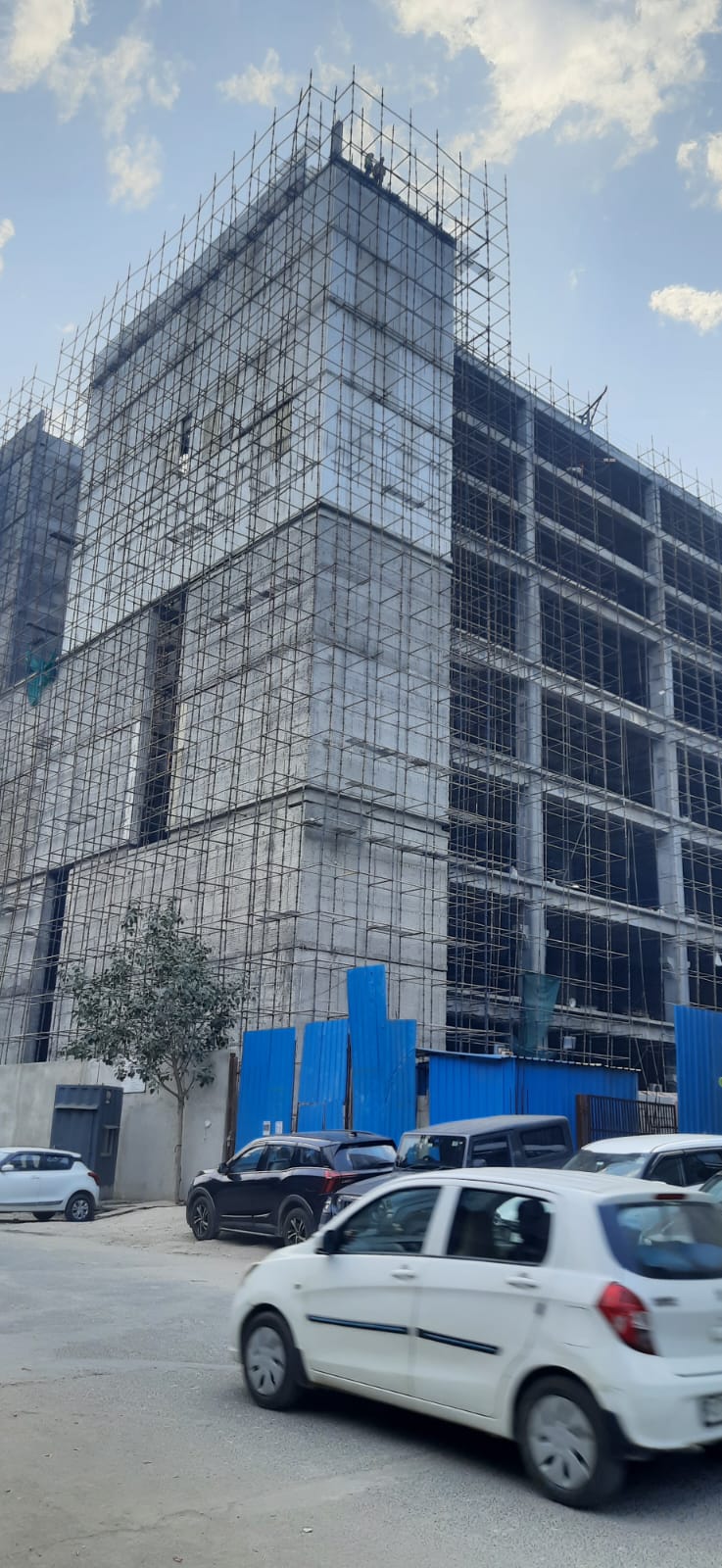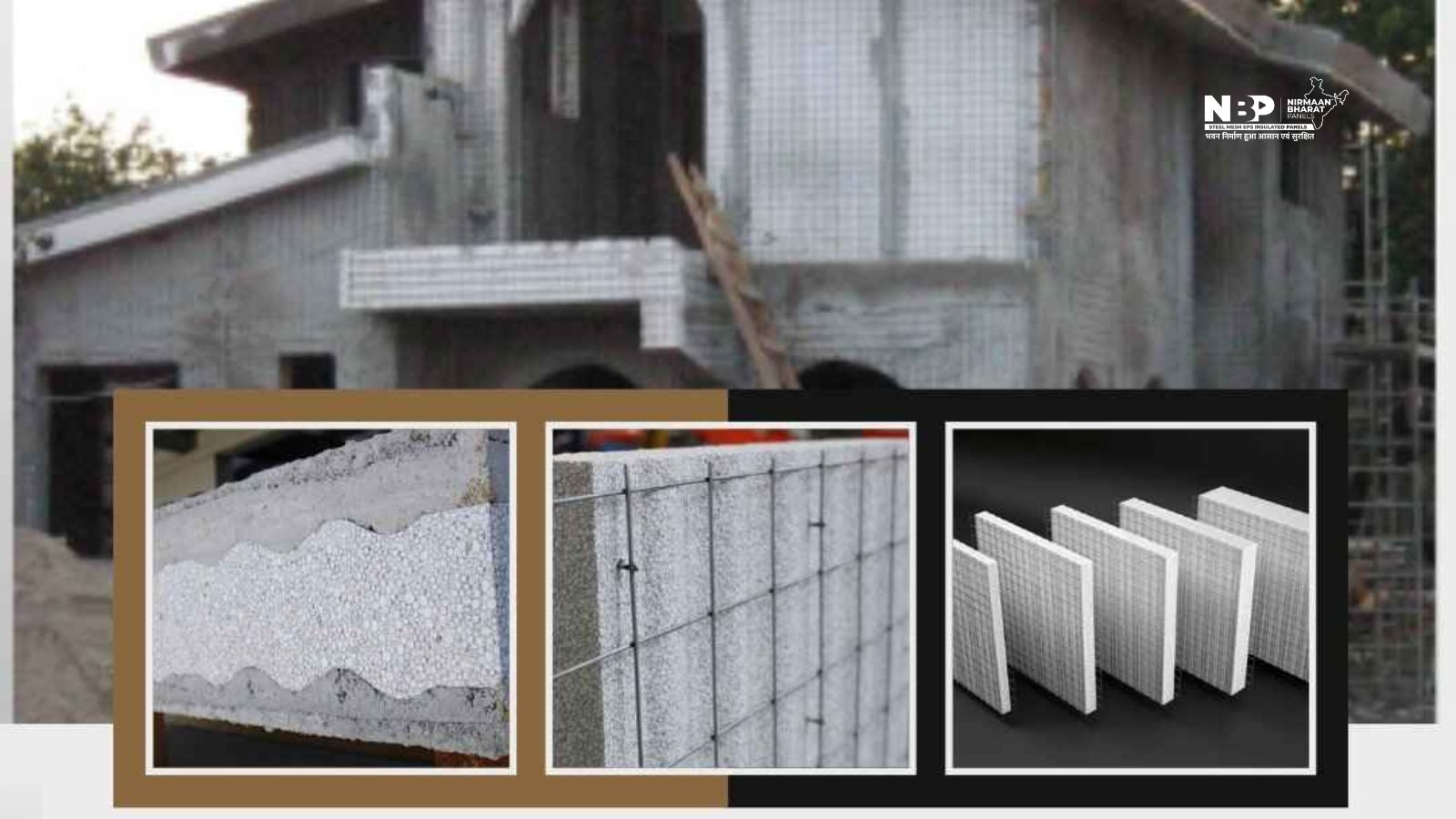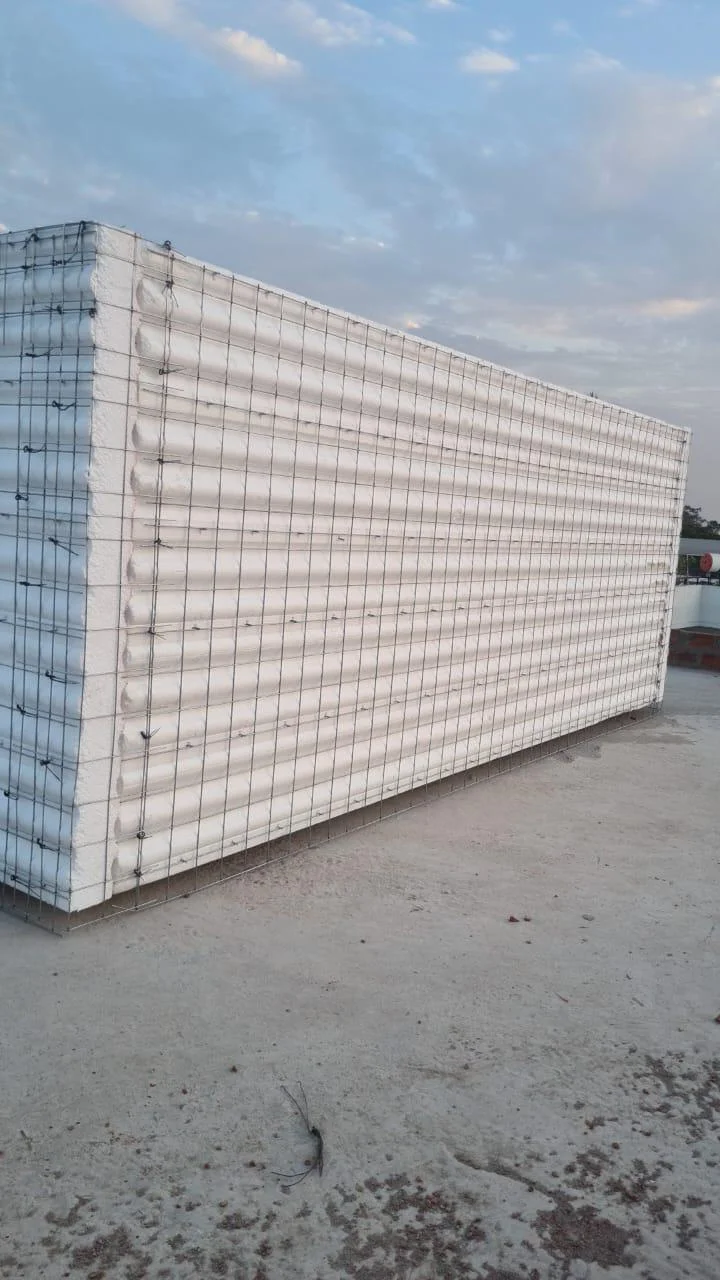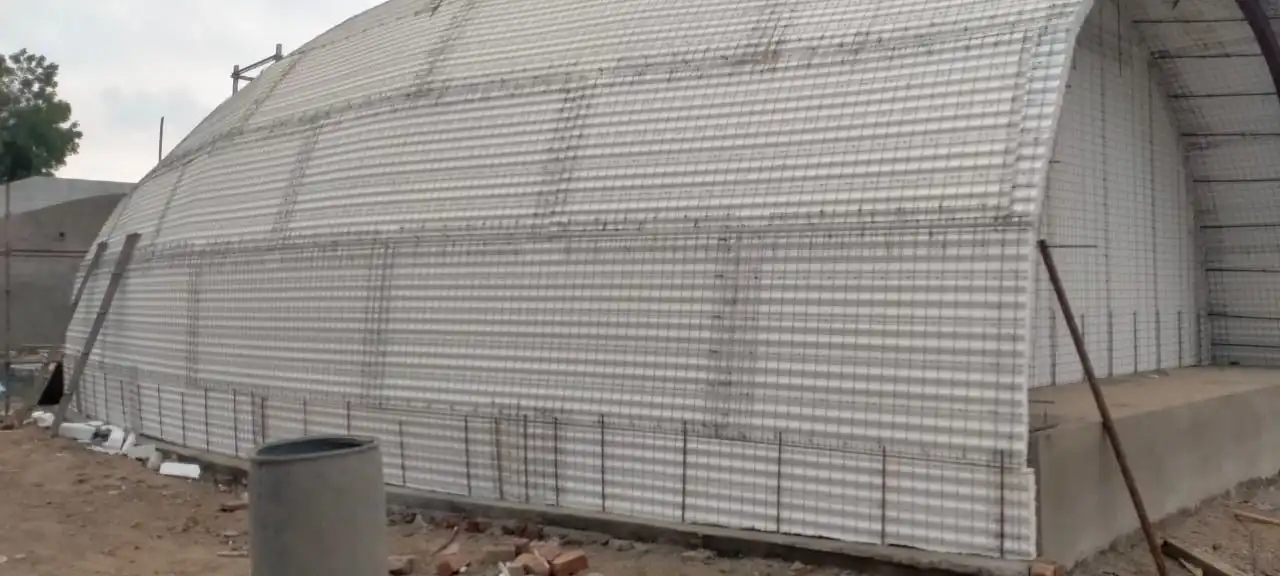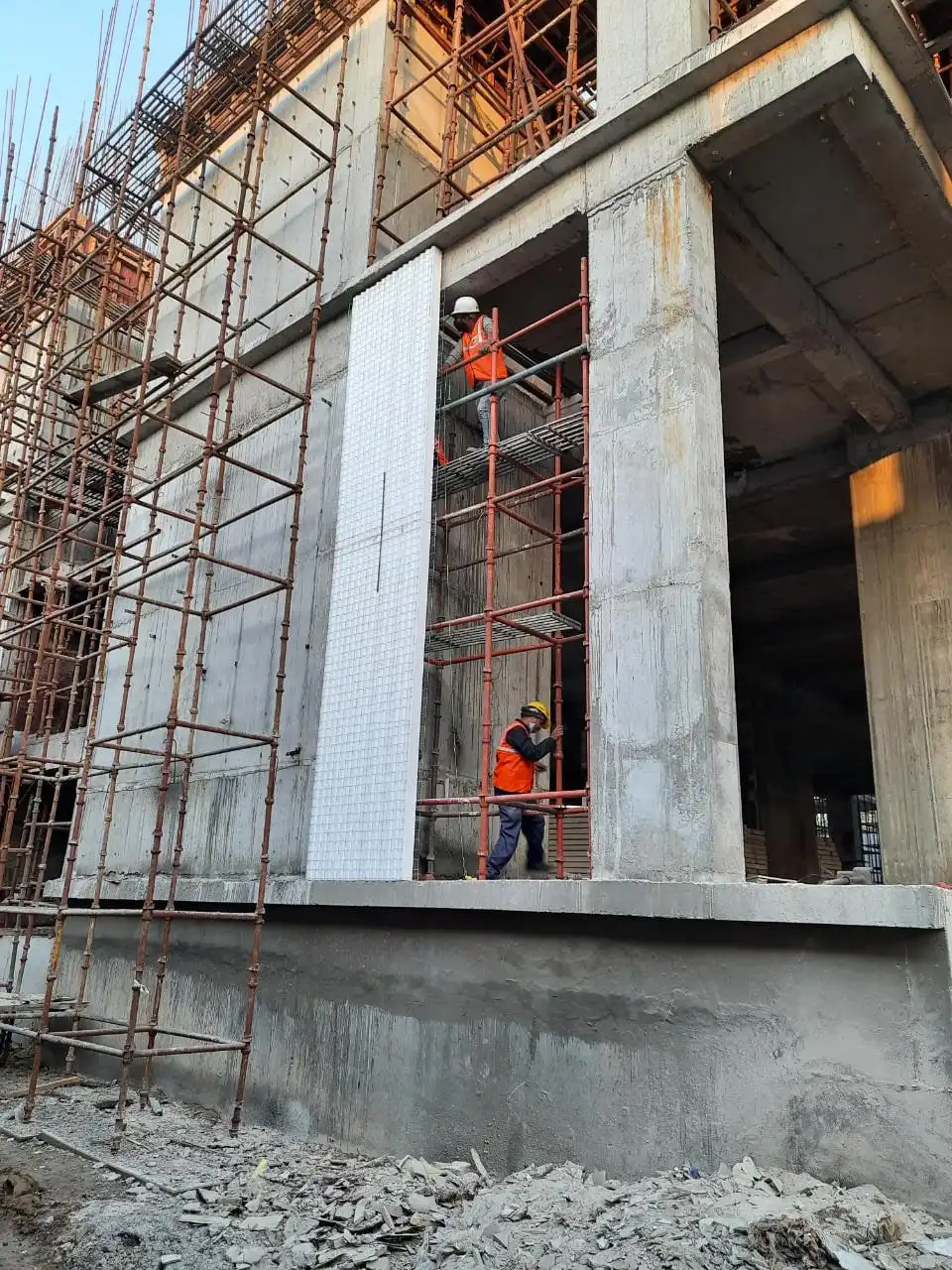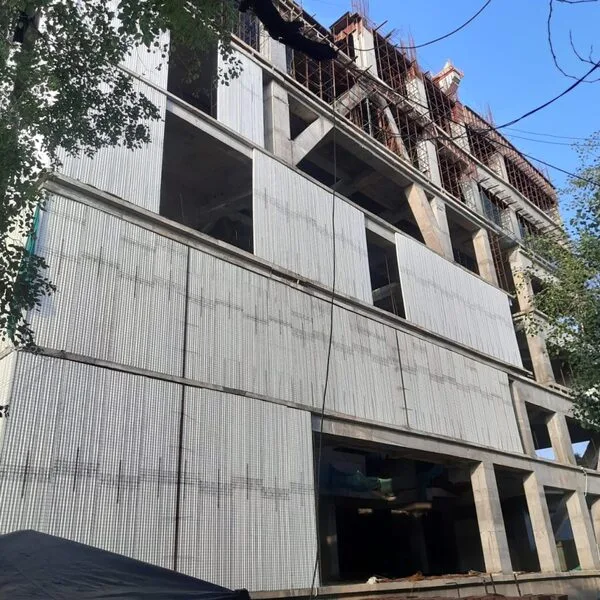In an era where environmental sustainability is at the forefront of global concerns, finding innovative solutions to enhance energy efficiency is imperative. One such groundbreaking technology making waves in the construction industry is the Expanded Polystyrene (EPS) panel. These lightweight and versatile panels have become a cornerstone in sustainable construction practices, contributing significantly to energy efficiency. In this blog post, we will explore how EPS panels play a pivotal role in creating energy-efficient structures.
Table of Contents
ToggleUnderstanding EPS Panels:
Expanded Polystyrene (EPS) panels are rigid foam boards made from expanded polystyrene beads. These panels possess excellent insulating properties, making them ideal for various construction applications. Unlike traditional building materials, EPS panels are known for their lightweight nature, ease of installation, and exceptional thermal insulation capabilities.
Superior Thermal Insulation:
The primary contribution of EPS panels to energy efficiency lies in their superior thermal insulation properties. These panels act as a barrier against heat transfer, preventing the unwanted exchange of heat between the interior and exterior of a building. The closed-cell structure of EPS effectively traps air, creating an insulating layer that reduces the need for additional heating or cooling. As a result, buildings constructed with EPS panels exhibit reduced energy consumption for temperature regulation, leading to lower energy bills and a smaller carbon footprint.
Air Sealing and Reduced Thermal Bridging:
EPS panels not only provide insulation but also contribute to air sealing and minimizing thermal bridging. Thermal bridging occurs when heat easily conducts through building materials, creating a path for energy loss. EPS panels, with their seamless installation, help create airtight structures, preventing drafts and heat leakage. This characteristic enhances the overall thermal performance of a building, ensuring that the desired indoor temperature is maintained with minimal energy expenditure.
Energy-Efficient Construction:
The lightweight nature of EPS panels facilitates faster and more cost-effective construction. Builders can quickly install these panels, reducing labor costs and construction timelines. Additionally, the reduced weight of the panels means less structural support is required, leading to more efficient use of materials. The overall energy expended in the construction process is significantly lower compared to traditional methods, aligning with the broader goal of sustainable and energy-efficient building practices.
Environmental Sustainability:
EPS panels contribute to energy efficiency not only during a building’s operational phase but also in their manufacturing process. The production of EPS panels requires less energy compared to traditional building materials like concrete or steel. Additionally, EPS is recyclable and can be used in the creation of new panels, further reducing the environmental impact. Choosing EPS panels for construction aligns with the principles of sustainability, creating structures that are not only energy-efficient but also environmentally responsible.
Conclusion:
In the quest for energy efficiency and sustainable construction practices, EPS panels emerge as a game-changer. Their exceptional thermal insulation properties, combined with advantages such as lightweight construction, air sealing, and reduced thermal bridging, make them a preferred choice for modern builders. As we move towards a future that prioritizes environmental responsibility, the integration of EPS panels into construction projects represents a significant step in creating energy-efficient and sustainable structures.


